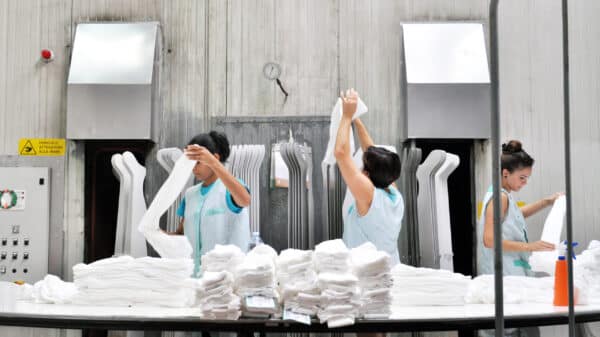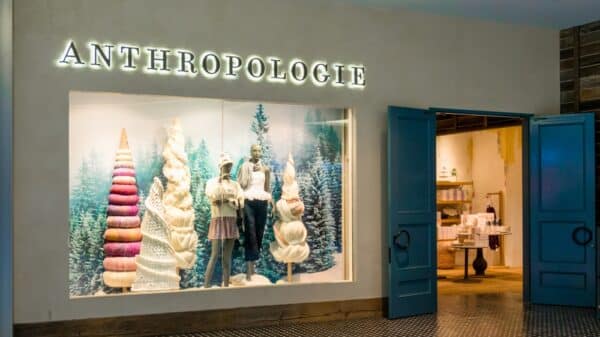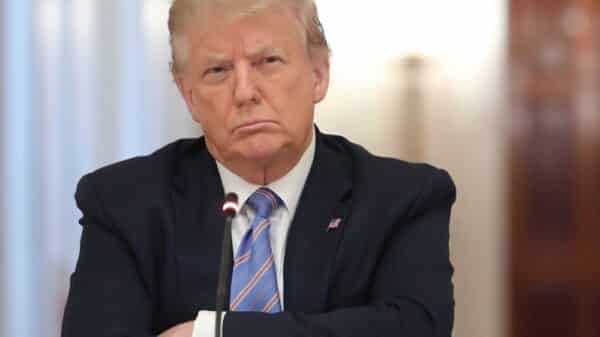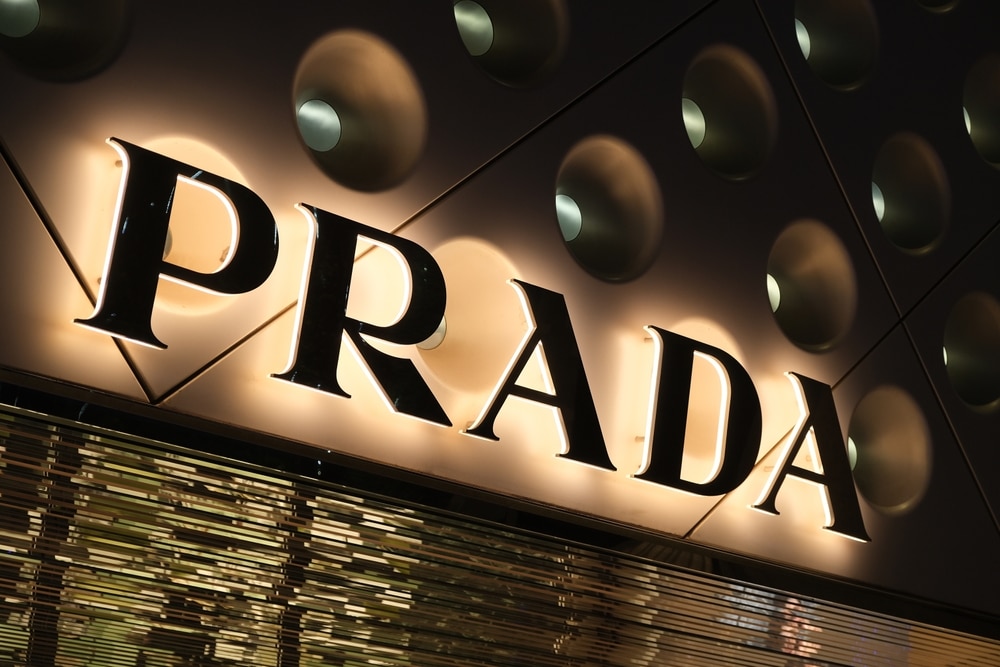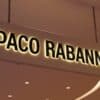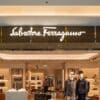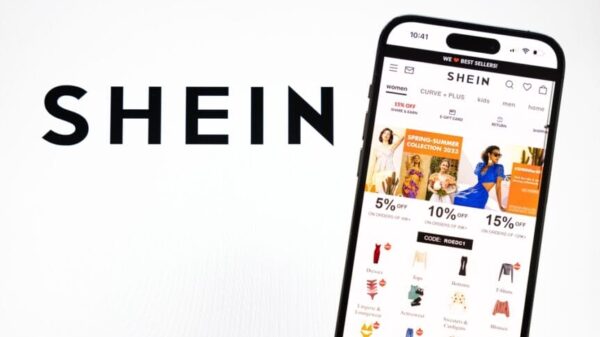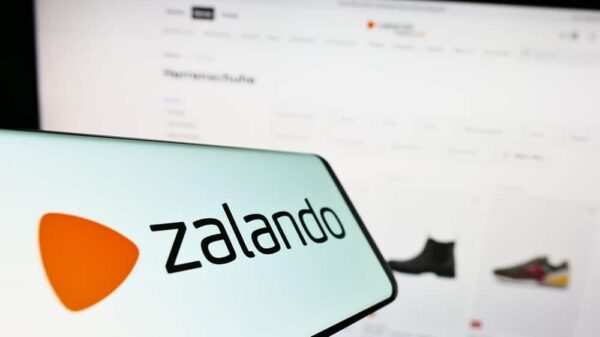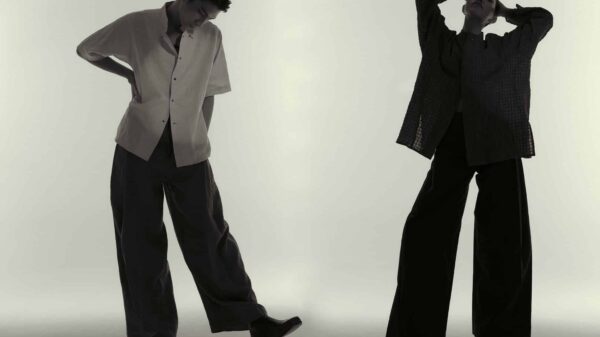Prada SpA is making strides toward acquiring Versace from Capri Holdings Ltd., with an agreement on an enticing price tag of nearly €1.5 billion (around $1.6 billion), according to inside sources. This move signals a potential reshaping of the Italian luxury fashion landscape, as two heritage brands come together under one umbrella.
The negotiations seem to be headed for a conclusion soon, possibly this month, though the details could still shift. They remained under wraps, with sources opting to remain anonymous due to the sensitivity of the discussions. It appears that initial assessments of Versace didn’t reveal any significant risks, allowing talks to advance smoothly.
But as anyone who follows these large-scale business negotiations knows, nothing is set in stone until the ink dries on the contract. Capri Holdings, which snagged Versace back in 2018 for about €1.8 billion, didn’t respond to requests for comments on this unfolding story over the weekend, while Prada chose to keep its lips sealed as well.
What’s so significant about this potential acquisition? Well, Versace, founded by the iconic designer Gianni Versace in 1978, holds a storied place in the world of fashion. If Prada adds Versace to its portfolio, it would mean the creation of a stronger Italian powerhouse, better positioned to hold its own against giants like LVMH and Kering SA. This would mark a pivotal shift in the Italian fashion scene—one that has witnessed many local brands sold to foreign firms over the years. A union between Prada and Versace could signal a revival, restoring the Italian fashion torch back to its roots.
In the midst of a global slowdown for high-end apparel, Prada has truly shined with remarkable growth, particularly thanks to its Miu Miu brand, which has captured the attention of younger consumers. The allure of Miu Miu has boosted Prada’s sales significantly in recent times, showcasing that while some brands struggle, others are thriving by tapping into the ever-evolving tastes of the marketplace.
To make this acquisition happen, Prada dedicated weeks to thoroughly evaluate Versace, working closely with advisers and obtaining exclusive insights into Versace’s latest financial performance. This indicates serious intent and commitment to making informed decisions in the luxury fashion sector.
However, even if the deal is finalized, Prada would still be dwarfed by its biggest competitors. Currently, Prada has a market capitalization around HK$169.4 billion ($21.8 billion), showing a respectable increase following a 10% gain in shares this year. The control of Prada’s operations rests heavily with the Prada family, led by Miuccia Prada and her husband, Patrizio Bertelli, who hold around 80% of the company.
In stark contrast, LVMH, the French luxury conglomerate that owns sprawling brands like Louis Vuitton and Christian Dior, boasts a staggering market value of €347.5 billion. LVMH’s role in the luxury market is ever-expanding, with notable recent investments, including a stake in Moncler SpA, a leading designer outerwear maker.
In recent reports, Versace drew attention for less flattering reasons, reporting a revenue of $193 million for the third quarter of the current fiscal year—a 15% decline year-on-year. Its operating losses also deepened to $21 million from $14 million in the same period. These financial struggles could prompt a dive into the Versace brand’s rejuvenation under new ownership.
Meanwhile, Capri Holdings, which also owns the popular Michael Kors brand, has faced its own challenges. After envisioning an $8.5 billion merger with Tapestry Inc. that fell through due to a court ruling, Capri hired Barclays Plc to explore alternatives for some of its brands. Complicating matters further, in February, S&P Global Ratings downgraded Capri’s debt to below investment grade.
As this story unfolds, it’s clear that the stakes are high, not just for Prada and Versace, but for the entire luxury fashion industry, which has been in constant flux. This proposed merger could not only redefine how Italian brands operate but also set the stage for the future of high-end fashion on a global scale. It’s a compelling moment to keep our eyes on as these iconic brands navigate this transformative journey.
Image Source: Robert Way / Shutterstock






